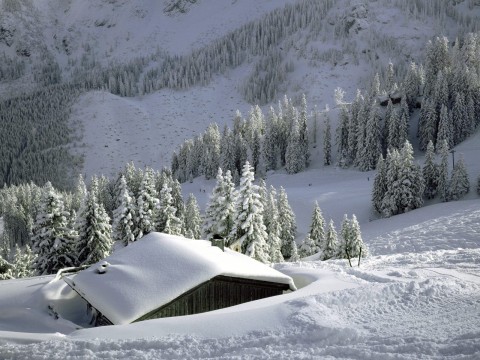
October 13, 2015
Habig & Magoon Insurance Agency has been serving the people of southeastern Massachusetts, and beyond, for almost 80 years. We have always been family owned, and always independent.
Forging and practicing strong relationships and communication with our customers is fundamental to the value we provide our customers – and a primary reason we have been the choice of generations of many families.
Of course, this blog is one a way we communicate with our customers, and with the community at large.
We endeavor to make this blog a place to find helpful insurance related information.
As well, we also use this space to provide fun and entertaining information that is related to our business, and to the local community.
For example, the post about the New England Patriots and the team’s tie to Easton, which appeared on September 30th. Please click here to access the post.
In keeping with the NFL football theme, and tying it to insurance, today we moseyed around a bit online and found some interesting information about NFL prospects and a form of insurance called “loss-of-value” insurance.
This is a type of insurance that an NFL prospect will take out to protect himself in the event of an injury or illness that may decrease his signing and market value.
Actually, loss-of-value insurance, is taken out by athletes that are prospects to play in other pro sports leagues – but because of the injury laden nature of football, especially big-time football, loss-of-value insurance is more prevalent and popular with players that the pro football ranks has its eyes on, than it is with players that are meriting attention from other professional sports leagues.
Loss-of-value insurance, to protect potential livelihoods earned in pro sports, is a relatively new phenomenon.
Two NFL players making the news recently for their loss-of-value policies are Silas Redd, running back for the Washington Redskins, the first in the league to collect on a loss-of-value policy, and Ifo Ekpre Olomu, cornerback for the Cleveland Browns.
Mr. Redd received an undisclosed amount. Mr. Ekpre-Olomu is scheduled to collect $3 million on his policy.
Both Mr. Redd and Mr. Ekpre-Olomu sustained injuries on the collegiate level that affected their NFL earning power.
To learn more about loss-of-value insurance policies, please click here.
It is almost certain that loss-of-insurance policies will become more popular among athletes that are strong prospects to play at the pro level.
Habig & Magoon Insurance Agency will provide updated information on these policies here on this blog in the future.


